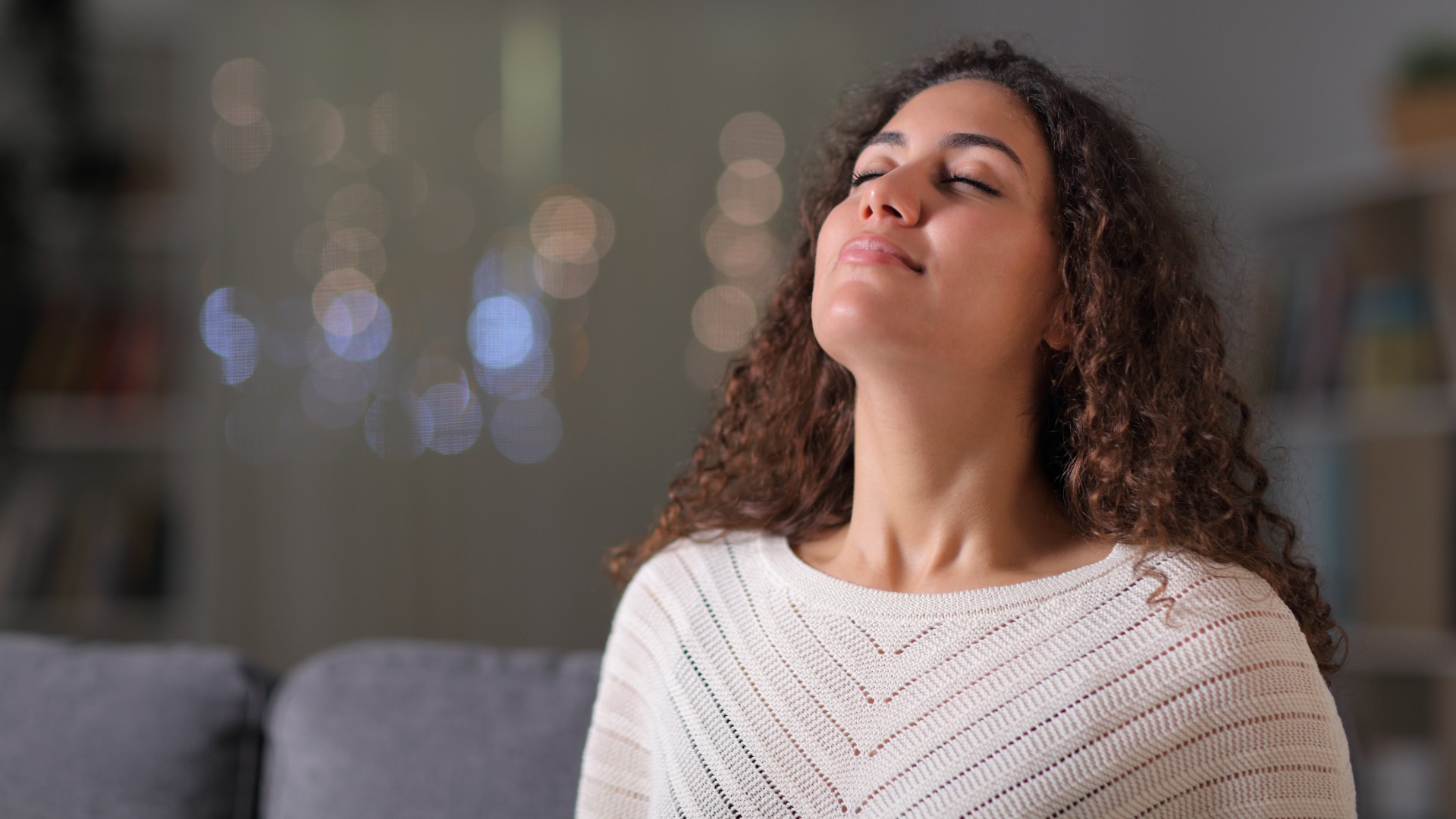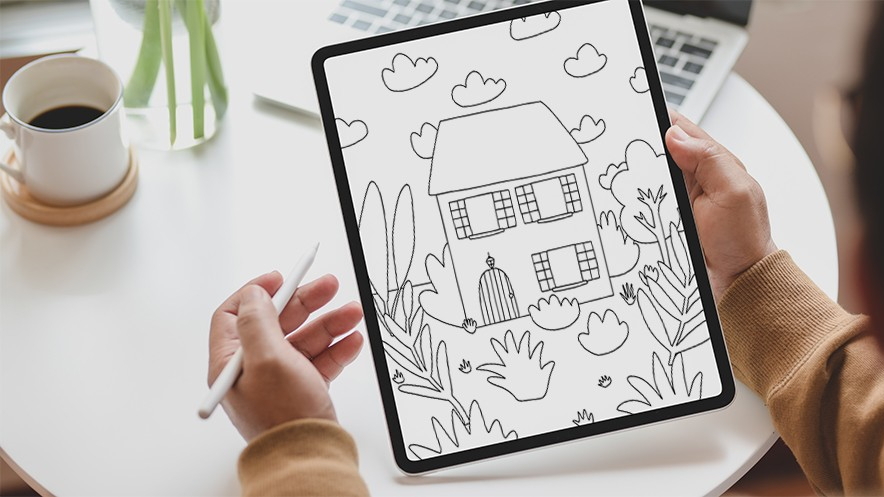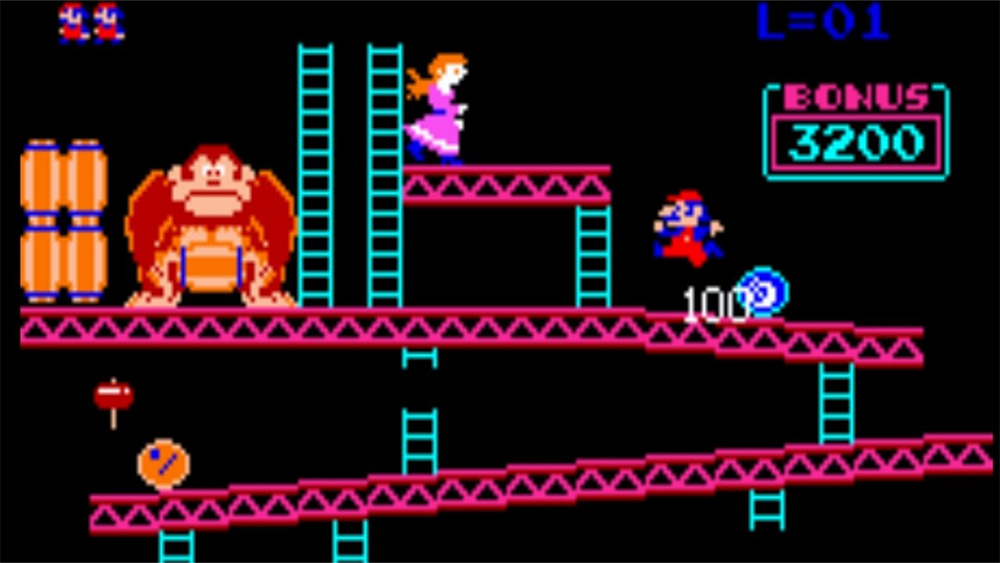9 mindful exercises to do from home
Tired, frustrated, lacking motivation? You’re not alone, especially right now. But mindfulness is a psychological technique that can help. It involves refocusing yourself on the present moment; on what’s happening both inside your body and in your external surroundings. And the aim is to help you feel calmer and more balanced, both physically and emotionally.
Mindfulness is commonly used in clinical psychology today to help treat depression and anxiety. Mindfulness is not a complete cure for any of these things, but many people find it useful in lifting their mood and providing a new perspective.
Want to dip your toe in the water? In this post, we suggest some basic mindfulness activities you can do at home, which are easy and risk-free to try. Meanwhile, if you’d like to study mindfulness in more depth, you’ll find information on accredited courses here, and you can also check out our roundup of mindfulness apps. For physical relief, see our guide to crucial desk exercises for designers.
01. Mindful breathing

Mindfulness is all about focusing your mind on the fundamentals, and letting everything else just fade away into the background. So one of the most effective activities you can do is mindful breathing. This involves simply focusing your attention on the air coming in and out of your body as you inhale and exhale. Ideally you’ll be sitting, but if that’s not possible then standing or lying down are also good options.
Begin by closing your eyes and taking one deep breath, then continue to breathe naturally. Merely observe each breath, rather than trying to control it, and start to empty your mind of all other thoughts. However, if your mind wanders or you’re distracted by, for example, noise from next door, don’t let it bother you but just accept that it’s happening.
There’s no set time for doing breathing exercises, but around 10 minutes is a good ballpark to aim for first-timers. More importantly, it’s widely believed that making mindful breathing a regular habit makes it much more effective.
02. 4-7-8 breathing
Finding mindful breathing difficult? It's widely believed that spending more time on the out-breath than the in-breath can help relax you. So you might want to try, for example, the 4-7-8 breathing activity.
Daily design news, reviews, how-tos and more, as picked by the editors.
This involves breathing in through the nose for four seconds, holding your breath for seven seconds, and then exhaling through the mouth for eight seconds. Do this for up to four cycles, all the while focusing on your breathing and emptying your mind of all other worries. This should help you to get yourself relaxed and 'in the zone', and then try breathing normally after that.
03. The 5-4-3-2-1 exercise
Mindfulness is all about feeling connected to the present moment, and so one of the most popular approaches is the 5-4-3-2-1 exercise, which engages all five of your senses at once. This is a particularly useful activity for when you feel anxious and unable to unwind.
Begin by closing your eyes, slowing your breathing, and paying attention to the breath coming in and out of your body. Once you’re more relaxed, look around you and identity five random things you can see, whether that be a mirror, a pair of glasses, or a bird at the window. You don’t need to dwell on them, just acknowledge them.
The next step is to similarly identify four things you can touch, and imagine doing so. This might be something on your body, such as your hair, or something external, such as a table. Again, you don’t actually have to touch them; just acknowledge them. The third step is to think of three things you can hear. Then, two things you can smell. The last step is to thing of one thing you can currently taste.
04. S.T.O.P.

Anxiety is not the only things that can prevent us from being creative and productive in our work. Other mental states such as being distracted, feeling bored or even being excited can make it difficult to focus and get things done. One mindfulness activity that can help is described by the acronym: S.T.O.P.
- S stands for 'Stop what you’re doing'. That means not just stopping the action (eg. editing images in Photoshop) but stopping your thoughts and feelings about it too.
- T stands for 'Take a breath'. That means, as before, slowing your breathing and focusing on the air coming in and out of your body.
- O stands for 'Observe'. That means noticing what’s going on with your body and mind. Is your fist clenched or relaxed? Is your mood happy or sad?
- P stands for 'Proceed'. Now your mind and body are focused and aware, you can now turn your attention to the world around you. Consider what you’ve just learned about yourself, and how you can use that information to proceed with the task in hand.
05. Conscious observation
The conscious observation technique is just what it sounds like. You pick an object, any object: it could be an apple, a book, a cup, for example. Hold it in your hands, and then observe its shape, its texture, its weight, and so on. The important thing is not to analyse or think about any of this too intensely: just absorb everything about the object and let it fill your mind.
This activity should give you a subtle but powerful feeling of being 'in the moment'. A related activity is conscious listening, where you observe a piece of relaxing music, or the sounds of nature, in a similar way.
06. Visualisation
Visualisation is about generating images in your mind to influence your mental and physical state. For instance, if you’re struggling with the stress of a three-month creative project, it can be helpful to visualise the day when you finish and hand over your completed work. Visualisation is often used by sports teams to help them focus on winning, by picturing victory in their mind's eye.
To practise visualisation, start by concentrating on your breath and clearing your mind of all distractions. Now start to generate a basic image in your mind. In this case, it might be going for a walk in the sunshine after finishing your creative project and feeling the relief of everything being completed to the client’s satisfaction. Then, with each breath you take, let the image or concept become more detailed. Think about the sights, the sounds and the smells you might experience, and how it will all make you feel.
07. Colouring in

Colouring in is often described as a mindful activity, and it can be... but only if you approach it the right way. For example, if you view it as a task to be completed to perfection, then it may turn out to be the opposite of relaxing (if your hand slips and you accidentally go over the lines, for example).
If, however, you view colouring in as being purely about the process rather than the end goal, it can be successfully practised as a mindful activity. Indeed, colouring in has long played a key role in the mindfulness movement, such as within the mandala tradition of Buddhism. To give mindful colouring in a try, check out these free colouring templates from Adobe.
08. Mindful eating
Mindful eating basically means eating in a mindful way, and can be especially useful for anyone who suffers from eating disorders, cravings, bingeing, food addiction or any other unhealthy relationship with food.
Mindful eating means eating slowly, in a quiet place that’s free from distraction (so not, for example in front of the TV). It’s also about engaging all your senses, and fully acknowledging the smells, sights and tastes of the food. This helps you to listen to your body’s signals that tell you when you’re full and it’s time to stop eating, preventing you from either eating too much or being undernourished.
09. Naming your emotions
We all experience difficult emotions that can be overwhelming. One technique that can help is to label them, according to the maxim: 'name it and you tame it'. Again, this is best done when you are in a mindful state.
Sit in a relaxed position, close your eyes, focus on your breathing, and empty your mind. As you relax, notice which emotions come to the forefront of your mind. Try to identify the most powerful one, and give it a name. Now repeat this name three times in a gentle voice, either inwardly or out loud, depending on what you are comfortable with. For example: 'Sadness, sadness, sadness' or 'worry, worry, worry'. Shift between cycles of breathing and cycles of repeating the emotion until you are more accepting of what you are feeling, and more centred, physically and mentally.
Read more:

Tom May is an award-winning journalist and author specialising in design, photography and technology. His latest book, The 50th Greatest Designers, was released in June 2025. He's also author of the Amazon #1 bestseller Great TED Talks: Creativity, published by Pavilion Books, Tom was previously editor of Professional Photography magazine, associate editor at Creative Bloq, and deputy editor at net magazine.
